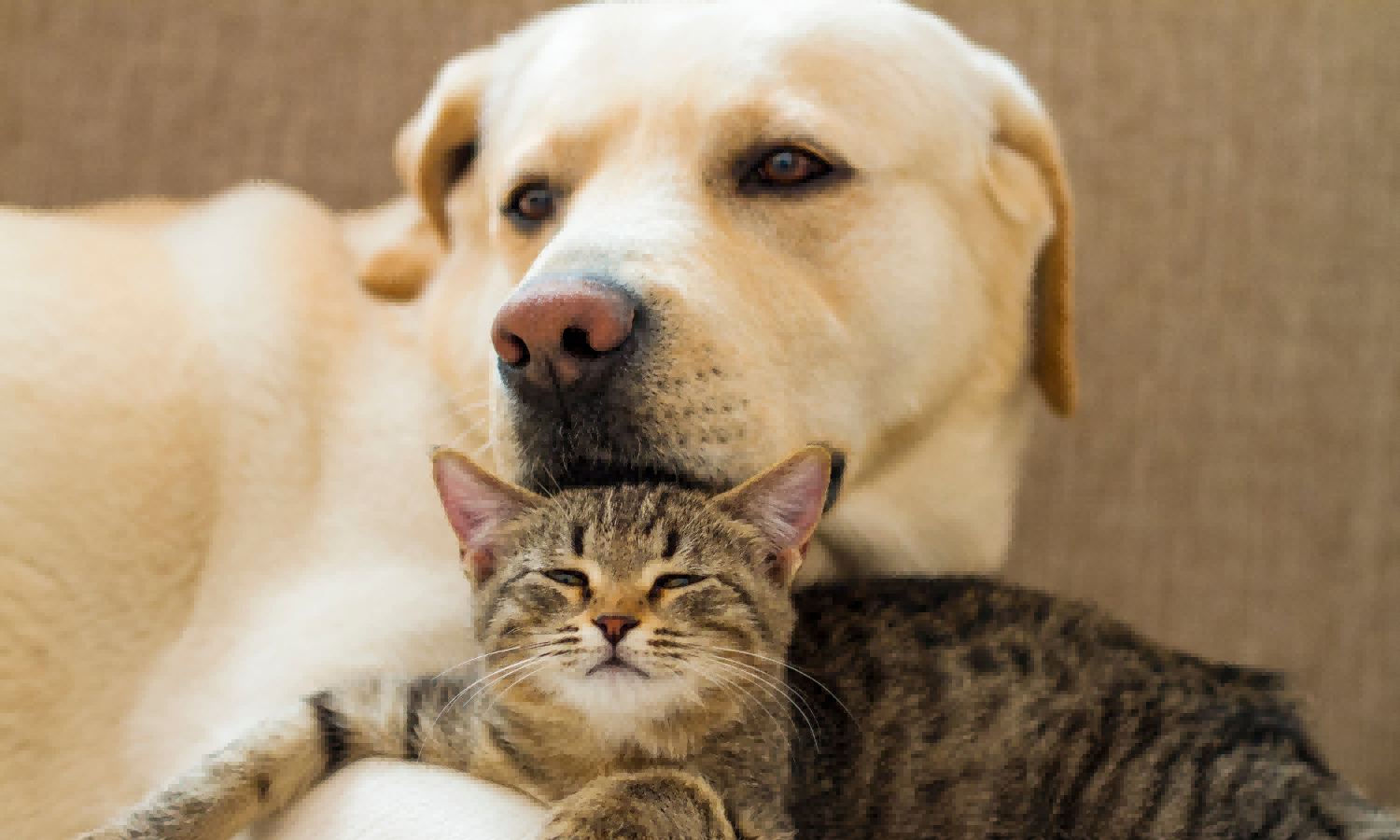Enhancing Pet Food Palatability
Introduction
When it comes to our beloved pets, their health and happiness are paramount. One vital aspect of their well-being is the palatability of their food. Just like humans, pets have their preferences when it comes to taste and texture. Pet food palatability plays a crucial role in ensuring they receive proper nutrition while enjoying their meals. In this article, we will explore the importance of pet food palatability, factors affecting it, and how pet owners can enhance the palatability of their furry friends’ meals.
- Understanding Pet Food Palatability :
Palatability refers to the taste, smell, and texture of pet food that make it appealing to animals. While nutritional content is crucial, if pets don’t find their food palatable, they may show reluctance to eat, leading to inadequate nutrient intake. Palatability influences their appetite, satisfaction, and overall well-being. Factors such as aroma, flavor, and texture significantly contribute to how pets perceive food. - Factors Influencing Pet Food Palatability :
a. Aroma and Flavor: Dogs and cats possess a highly developed sense of smell. The aroma and flavor of pet food are key determinants of palatability. High-quality ingredients and proper processing techniques can enhance the natural scent and taste, making the food more enticing to pets.
b. Texture and Mouthfeel: Pets also appreciate the texture of their food. Some prefer kibble, while others prefer wet or semi-moist options. The texture affects how the food feels in their mouths and can significantly impact their enjoyment.
c. Ingredient Quality: The quality of ingredients used in pet food affects palatability. Fresh, wholesome ingredients with natural flavors are more likely to entice pets than low-quality fillers or artificial additives.
d. Nutritional Balance: While palatability is important, it should never come at the expense of proper nutrition. A balance must be struck between taste and essential nutrients to ensure pets receive the necessary nourishment.、

- Techniques to Enhance Pet Food Palatability :
a. Ingredient Selection: Opt for high-quality ingredients that are known to be appealing to pets. Real meat, fish, and poultry are often favored by dogs and cats. Avoid artificial flavors, colors, and excessive fillers that may deter palatability.
b. Aromatics and Sauces: Adding natural aromatics, such as bone broth or fish oil, can enhance the scent and flavor of pet food. Similarly, lightly coating the food with a sauce can make it more appealing to pets.
c. Variety and Rotation: Regularly offering a variety of flavors and textures can prevent monotony and stimulate pets’ interest in their meals. However, make changes gradually to avoid digestive issues.
d. Temperature and Consistency: Serving food at the right temperature can affect palatability. Some pets prefer warm food, while others may enjoy chilled options. Consistency, whether dry, wet, or mixed, can also influence their preference.
e. Interactive Feeding: Engage pets by using puzzle toys or food-dispensing devices. This not only stimulates their mental faculties but also makes mealtime more enjoyable, enhancing palatability.
f. Consultation with Veterinarian: If your pet consistently shows disinterest in food, it’s essential to rule out any underlying health issues. Consult with a veterinarian for a comprehensive evaluation and potential dietary recommendations.

- The Role of Pet Food Manufacturers
Pet food manufacturers play a crucial role in enhancing pet food palatability. They invest in research and development to create formulas that appeal to pets’ taste preferences. Through extensive testing and analysis, they strive to strike a balance between nutrition and palatability. By understanding the sensory preferences of different animal species, they can formulate diets that cater to their needs.
Manufacturers utilize various techniques such as flavor enhancers, natural preservatives, and innovative processing methods to improve the taste and texture of pet food. Additionally, they conduct palatability trials using panels of animals to assess the acceptance and preference of different formulations. This rigorous testing ensures that the final product meets the palatability requirements of pets.
- Understanding Individual Pet Preferences
While general guidelines exist for enhancing pet food palatability, it’s essential to recognize that individual pets have unique preferences. Some may have specific dietary restrictions, allergies, or sensitivities that need to be taken into account. Observing their behavior, paying attention to their response to different foods, and consulting with a veterinarian can help identify their preferences and tailor their diet accordingly.
Owners should also consider the life stage and health condition of their pets. Puppies, kittens, senior pets, and those with specific health issues may have different palatability requirements. Adapting the diet to suit their changing needs ensures they receive both proper nutrition and an enjoyable mealtime experience.
- Monitoring and Adjusting Palatability
Palatability can change over time due to factors such as aging, health conditions, or changes in taste preferences. Regularly monitoring your pet’s eating habits, body condition, and overall well-being can help identify any changes in palatability. If your pet starts showing disinterest in their food, it may be necessary to re-evaluate their diet and make adjustments to enhance palatability.
Remember, palatability should never compromise the nutritional integrity of the food. Working closely with a veterinarian or a qualified pet nutritionist can provide valuable guidance in ensuring a balanced diet while satisfying your pet’s taste preferences.
Conclusion
Enhancing pet food palatability is a continuous process that requires understanding the factors that influence preferences, utilizing appropriate techniques, and monitoring individual pet responses. By prioritizing palatability alongside nutrition, pet owners can promote healthy eating habits, prevent mealtime aversions, and contribute to their pets’ overall well-being and happiness.
Remember, a happy pet is not only a well-fed pet but also one that thoroughly enjoys its meals, making the bond between pets and their owners stronger than ever.













